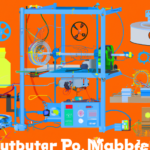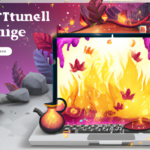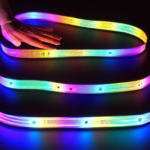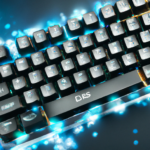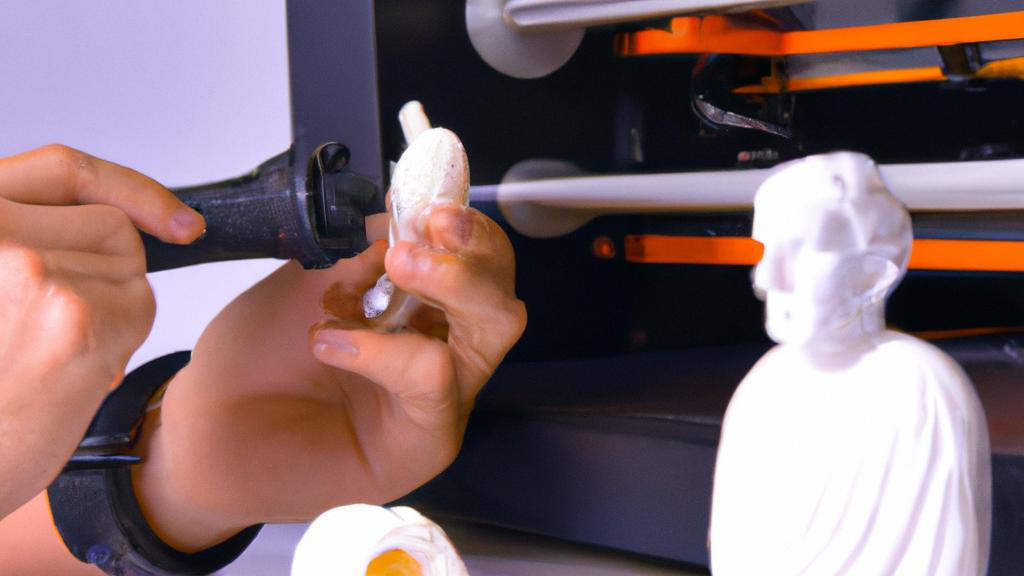
Introduction
Creating the perfect action figure with 3D printing may sound like a daunting task for a beginner, but with the right approach and tools, anyone can make a unique action figure that meets their specifications. In this article, we will go over the basics of 3D printing an action figure, from design to printing and finishing touches. By the end of this article, you’ll have gained invaluable insights into 3D printing and how it can be used to create custom action figures that look like they came straight off the shelf. Let’s dive in!
Benefits of 3D Printing
There are several benefits to creating action figures with 3D printing. Foremost, 3D printing allows for greater design flexibility, meaning that you can design any shape you like without worrying about the cost of creating molds or tools. Additionally, the use of 3D printing can save time and cost compared to traditional methods. It also empowers you to create unique and personalized action figures that truly reflect your design vision and imagination. Moreover, 3D printed action figures typically have high levels of detail, making it possible to create highly realistic and intricate designs. These are just a few reasons why 3D printed action figures are becoming increasingly popular.
Designing Your Action Figure
Designing an action figure for 3D printing requires some basic knowledge of computer-aided design (CAD) software. This software allows you to create intricate designs and convert them into a 3D model that can be printed using a 3D printer. Begin by sketching out the basic shape of your action figure on paper before creating a digital model. You can then refine your design by adding more detail, changing the shape of different parts of the action figure, or adding accessories.
Another crucial aspect of designing an action figure for 3D printing is paying attention to the tolerances and clearances between different parts of the figure. The joints of the figure must be designed to move fluidly, and parts should be designed to fit together snugly without friction. Paying attention to these details can ensure that your action figure prints correctly and moves properly once assembled. Once you’ve perfected the design, you can save it in the STL file format, which is the most widely used format for 3D printing.
Selecting the Right Materials
ABS is a strong and durable plastic that can withstand high temperatures and is commonly used in the automotive and electrical industries. PLA, on the other hand, is a biodegradable material made from renewable resources such as corn starch and sugarcane. It is often used for 3D printing prototypes, toys, and other objects that do not need to withstand high temperatures or stress. PETG is a hybrid material that combines the strength of ABS with the ease of use of PLA. It is known for its toughness and high temperature resistance.
When selecting the material for your action figure, consider its function, the amount of detail required, and the environment it will be used or displayed in. It’s always best to do research on the pros and cons of each material before making a decision and try experimenting with different materials to see which one works best for your specific application.
Printing and Post-Processing
Once you have finalized your design and selected the material for your action figure, it’s time to start the printing process. Before you print, make sure that your 3D printer is properly calibrated and that the print bed is clean and level to ensure that your final print is of good quality. Most 3D printers come with software that allows you to import your 3D model and prepare it for printing. You’ll be able to adjust the size, placement, and orientation of the model to optimize for printing.
After printing, there may be some post-processing required to remove support structures or other imperfections from your model. You may need to use sandpaper, files, or other tools to smooth the surface and prepare it for painting.
At this point, you can begin painting your action figure. Choose a paint that is appropriate for the material your action figure is made of and apply it in thin, even coats. Take care not to get paint inside the joints or any moving parts of the figure. You can use various tools and techniques to add fine details to your action figure, such as dry brushing or washing.
Once your paint has dried, you can add any final touches or accessories to your action figure to complete the process. With proper planning and execution, you can create a one-of-a-kind action figure that meets your precise specifications!
Painting and Finishing Touches
In addition to painting the action figure, there are also other finishing touches you can add to enhance its appearance. For instance, you could add decals or custom prints to the surface of the figure, or use different types of paint to create different effects.
You may also want to consider creating a custom base or stand to display your action figure on. This can be made using the same 3D printing process as the action figure itself, and can be customized to match the theme of your action figure.
Finally, consider adding lighting or other special effects to your action figure to make it even more unique. LED lights can be used to create a glowing effect or highlight certain parts of the figure, and other types of effects such as smoke or sound can also be added through the use of electronics or other accessories.
With these finishing touches, your 3D printed action figure can truly become an impressive work of art that reflects your creativity and design skills.
Conclusion
In conclusion, 3D printing technology has revolutionized the way we create and customize action figures. Its benefits include greater design flexibility, time and cost savings, and the ability to create unique and personalized designs. When creating an action figure using 3D printing, it’s important to pay attention to the design, material selection, printing, post-processing, painting, and finishing touches. By doing so, you’ll be able to create an action figure that’s not only visually stunning but also functional, with joints that move smoothly and parts that fit together perfectly.
That said, creating a high-quality action figure using 3D printing technology requires patience, practice, and a willingness to experiment with different techniques and materials. By following the tips and guidelines outlined in this article, you’ll be well on your way to creating the perfect action figure that meets your specific needs and tastes.
If you’re interested in learning more about 3D printing or exploring other creative uses for the technology, there are many online communities and resources available that can provide guidance and support. Happy printing!
